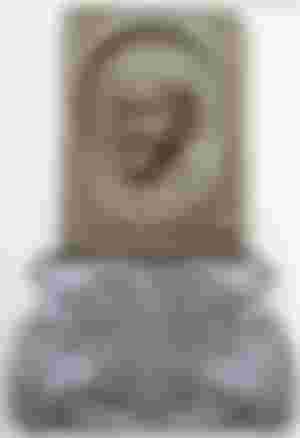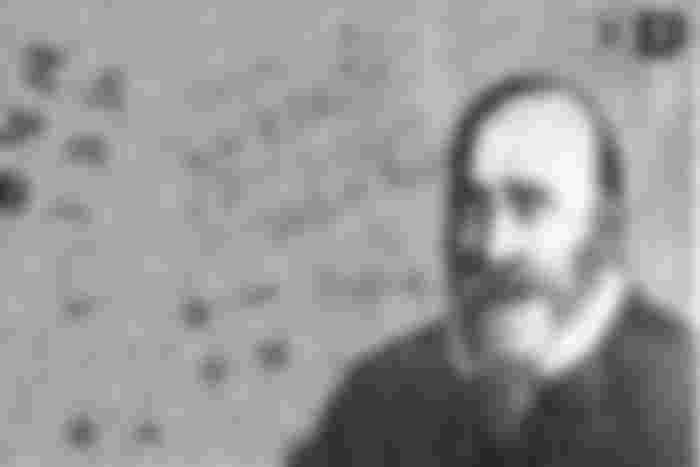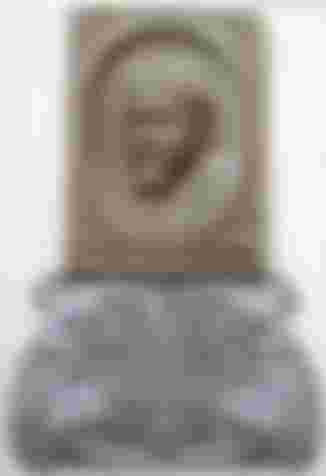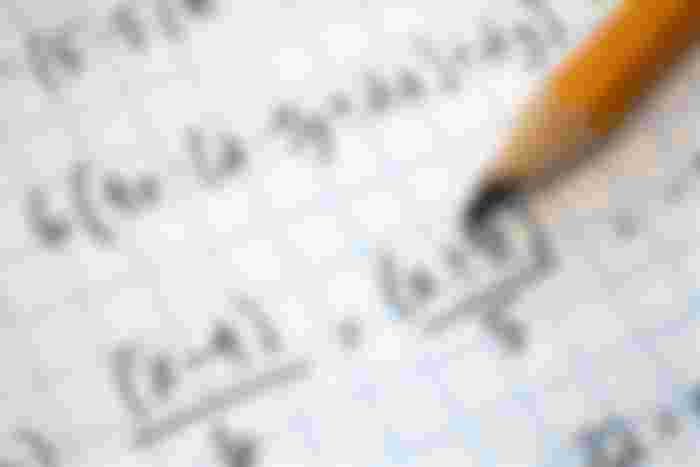Snezana28 18.12.2020.
Dear virtual friends, a person learns while he lives. He reads, researches and learns a lot of interesting things.

In the first grade of elementary school, you learned that without the “equal” sign there is no counting, but do you know how this symbol came to be?
Believe me, the story has the least to do with mathematics.

The symbol of equality (=) is universally accepted today and there is almost no mathematical problem in which it is not used. This would surely have pleased his creator, the Welsh mathematician Robert Record, although, when he invented it, he was much more driven by anger than mathematical genius.
Robert Rekorda, lived in the 16th century and was terribly annoyed by the fact that every time he had to write an equation he had to write in letters “equally” that he decided to replace words with signs.

No mathematical doubt or principled proof! The record was motivated by the sheer nervousness he felt about the constant repetition of the monotonous expression “is equal”.
The record called him a twin because of two identical lines that stand one above the other
The first work in which he presented the sign "=" was "The Whetstone of Witte" and was published in 1557, and it is significant that for the first time in the English-speaking world, the symbols "+" and “-“.

The sole edition of Robert Recorde’s The Whetstone of Witte was printed at London by John Kingston in 1557. One of Recorde’s concerns in this book is to develop not only a means of representing powers of numbers, but also a means of naming them. Prior to the development of a numerical index notation, the names given to the powers was of considerable importance. Hence in these pages we find terminology which is now archaic, for instance the strange word zenzizenzizenzike, the name for the eighth power of a number. It is generally acknowledged that Recorde’s treatise on algebra, in the section entitled The arte of cossike numbers, is the first to be printed in the English language.
Recorde’s invention of the equals sign =, together with his adoption of the + sign and the minus sign - placed him at the very forefront of European practice. Like most of Recorde’s books, The Whetstone is written in the form of a dialogue between a learned master and a clever, but rather precocious, scholar.
Interestingly, the symbol was not immediately accepted, until the mid-18th century.
Images taken from Google






So that's where the symbols came from. I wonder what he was thinking when he decided to work with those symbols